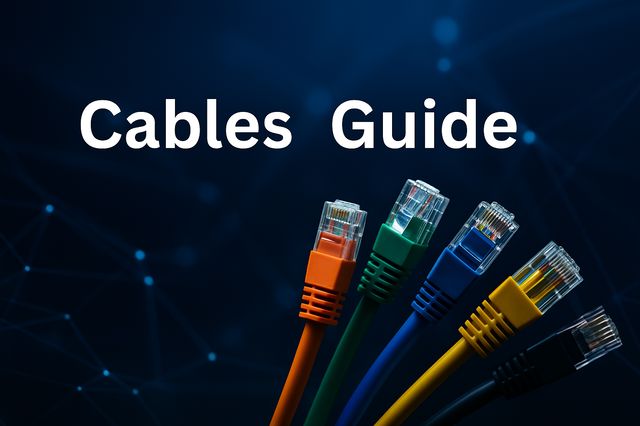Two powerful tools that organizations can leverage to secure their email infrastructure are DMARC (Domain-based Message Authentication, Reporting, and Conformance) and DKIM (DomainKeys Identified Mail)
Although they share the common goal of enhancing email security, DMARC and DKIM serve distinct purposes and operate differently. This article explores the key differences between the two protocols, how they work, and why implementing them is crucial for your organization.
What Is DKIM?
DKIM is a cryptographic authentication method designed to ensure the integrity and authenticity of email messages. It verifies that an email was sent by an authorized sender and has not been tampered with during transit. Here’s how it works:
- When an organization’s email server sends an email, it attaches a cryptographic signature to the email header. This signature is generated using the private key of the organization.
- The organization’s domain publishes its public key as a DNS record. This allows recipient mail servers to retrieve the key.
- When the recipient’s mail server receives the email, it uses the sender’s public key to verify the signature. If the signature matches and confirms the integrity of the message, the email is considered authentic.
Key Benefit
DKIM ensures that emails from your domain are genuine and have not been altered in transit.
Limitation
While DKIM can authenticate emails, it does not define any specific action for handling emails that fail authentication. Additionally, DKIM alone cannot prevent domain spoofing.
What Is DMARC?
DMARC is a policy-based protocol that works on top of DKIM and SPF (Sender Policy Framework). It provides a mechanism for domain owners to specify how unauthenticated emails should be handled by recipient servers. DMARC also introduces reporting capabilities that give domain owners visibility into email authentication issues.
How DMARC works ?
- When a recipient mail server receives an email, it checks the DMARC record published in the sender’s domain’s DNS. The DMARC policy specifies whether to allow, quarantine, or reject emails that fail authentication.
- DMARC verifies that the email’s “From” address aligns with the domain authenticated by SPF or DKIM (or both). This alignment prevents domain spoofing.
- Depending on the policy (none, quarantine, or reject), the recipient server takes the appropriate action.
- DMARC generates reports that provide insights into authentication results, allowing domain owners to monitor and improve their email authentication practices.
Key Benefit
DMARC protects against domain spoofing and phishing attacks while offering visibility into email activity.
Limitation
DMARC relies on SPF and DKIM for email authentication. It cannot function as a standalone solution.
Key Differences Between DMARC and DKIM
While both DMARC and DKIM are designed to secure email communications, they have distinct functions. DKIM focuses on ensuring the integrity of individual messages by attaching a digital signature, whereas DMARC adds a policy layer that enforces how recipient servers should handle unauthenticated emails and provides reporting for domain owners.
Why Are DMARC and DKIM Essential?
Prevent Domain Spoofing
Phishing attacks often involve impersonating a trusted organization to deceive recipients. DMARC ensures that emails failing authentication are rejected, reducing the likelihood of successful impersonation.
Protect Organizational Reputation
A compromised domain can damage an organization’s reputation and erode customer trust. Implementing DMARC and DKIM demonstrates a proactive commitment to email security.
Enhance Email Deliverability
Authenticated emails are more likely to bypass spam filters, ensuring that legitimate communications reach their intended recipients.
Gain Visibility Into Email Activity
DMARC’s reporting capabilities provide valuable insights into unauthorized email activity, helping organizations identify and address vulnerabilities.
Steps to Implement DMARC and DKIM
Set Up DKIM
- Generate a pair of cryptographic keys (private and public).
- Publish the public key in your DNS as a TXT record.
- Configure your mail server to sign outgoing emails with the private key.
Set Up DMARC
- Publish a DMARC record in your DNS specifying the policy (none, quarantine, or reject) and an email address for reports.
- Start with a “p=none” policy to monitor email activity, then gradually move to stricter policies.
Monitor Reports
Analyze DMARC reports to understand your email authentication status and adjust your configuration as needed.
Conclusion
DMARC and DKIM are indispensable tools in the fight against email-based threats. While DKIM ensures the integrity and authenticity of emails, DMARC provides a robust framework for preventing domain spoofing and gaining visibility into email activity. Together, these protocols form a powerful defense that not only protects your organization but also fosters trust among your email recipients. By implementing DMARC and DKIM, organizations can safeguard their communications, protect their reputation, and stay ahead of cybercriminals.


